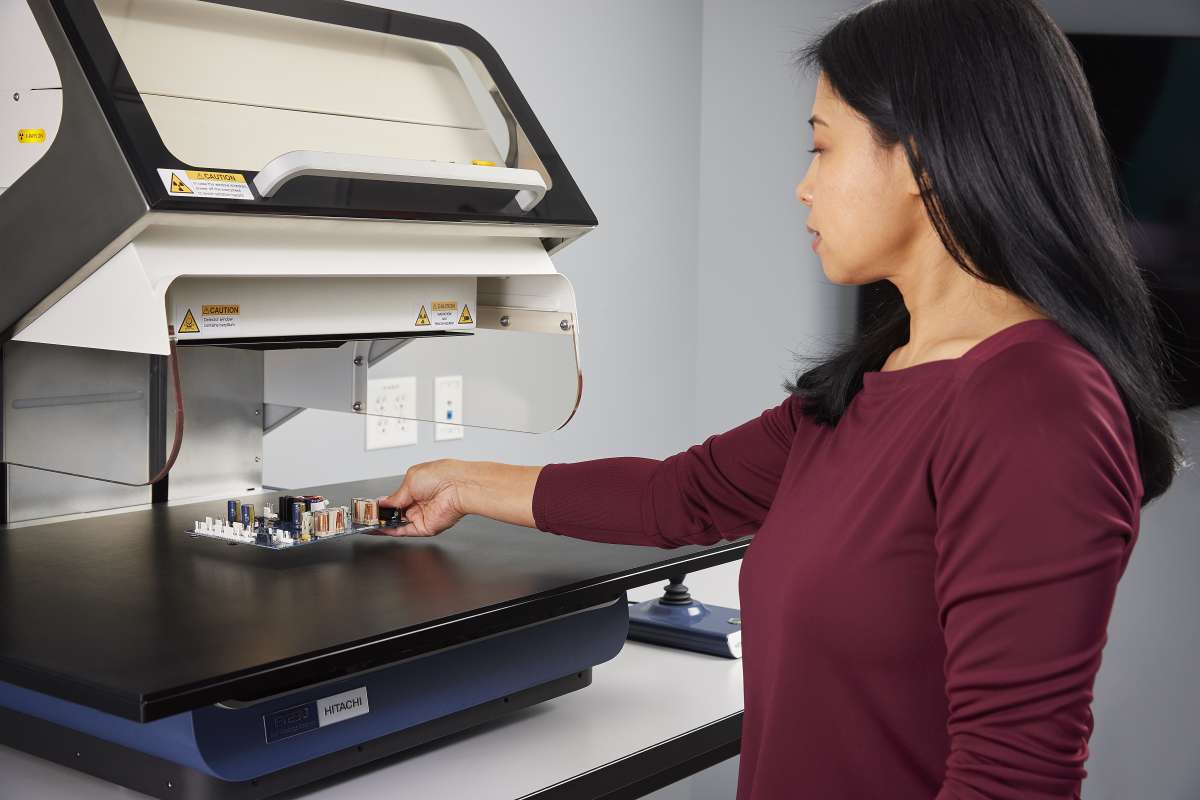There’s no debating that XRF is a fantastic technique for measuring coatings thickness. It’s non-destructive, fast, easy to use and can provide extremely accurate and precise results, even on the tiniest features. However, as precision instruments, XRF analyzers need regular checking and verification to ensure they are measuring correctly. If not, they will all ‘drift’ over time, leading to increasingly inaccurate results. This drift is gradual rather than sudden, so you may not be aware of it. The worst-case scenario is that you're unknowingly using your XRF analyzer and sending out products with incorrect thickness. At best, this will cost you money; at worst, your parts may fail prematurely.
The good news is that it's very easy to ensure your XRF analyzer delivers reliable results by including routine instrument certification and calibration in your regular maintenance schedule.

Most analyzers come with the ability to check and adjust the instrument hardware. Running an instrument check at the intervals recommended by the manufacturer will monitor factors that contribute to the stability of the detector, such as X-ray intensity, detector resolution, and detector gain. The instrument will automatically make small adjustments as a result of the instrument check. However, if large deviations from the norm are detected, then your instrument will let you know, and it’s best to contact the manufacturer. Additionally, avoid running instrument checks more frequently than the recommended schedule, as this could introduce errors due to the instrument overcorrecting itself.
Once you’ve run the routine check, you should then verify your calibrations before using the instrument to measure production parts. You should use a stable part with known values of the same composition or thickness range as the unknown parts you’ll be measuring. You can use trusted production parts for this, but for the best results we’d recommend using certified standards.
Certified reference materials or standards are recommended because they are produced by (and can be traced back to) accredited laboratories. They are shipped with a calibration certificate that includes the known thickness and/or composition values of the material and the measure uncertainty.
Both your XRF analyzer and your certified standards should be re-certified by an accredited lab at regular intervals to ensure that you continue to get reliable results. Standards may be damaged or even change over time – especially some alloys – and need checking that you can still rely on them to set a benchmark for your analysis. In a similar vein, your analyzer should be re-certified by the manufacturer to ensure that the analytical components are still performing as they should. The engineer that carries out the check will offer advice about replacing parts if necessary. It’s important to use a suitably accredited laboratory for these certifications, preferably ones that hold ISO17025 certification as accredited by recognized bodies such as A2LA).
ISO 17025 is a globally recognized standard that prescribes requirements for testing and calibration laboratories. This holds laboratories to certain procedural and quality expectations. Accreditation bodies such as A2LA (American Association for Laboratory Accreditation) evaluate organizations that claim to conform to standards and recognize those that demonstrate a high benchmark of quality and behavioral requirements. Accredited facilities are periodically and independently assessed by a third party to verify continued compliance.
Our calibration labs here at Hitachi High-Tech are A2LA and ISO 17025 by A2LA and ILAC. We provide regular re-certification, re-calibration, and service repairs for our customers, both for old and new analysis equipment alike. Our engineers are not only equipment specialists, but they are also application specialists, too, and can give advice on best measurement techniques for your own application.
Need to book a calibration or certification? Book here.
Investing in routine maintenance and leveraging advanced tools like the FT200 Series XRF coatings analyzers will help you achieve precise and efficient measurements, supporting high-volume production needs. Our newest range of benchtop coatings XRF analyzers is designed to significantly reduce the time it takes to make a measurement. Aimed at production facilities that need to analyze parts at high volume, automated ‘set up’ features make it possible to analyze many more parts within a single shift.
By prioritizing accuracy and reliability, you can enhance the quality of your products and maintain a competitive edge in the market.
You might also be interested in our guide, "How to evaluate accuracy and calculate the error margin of spectroscopy measurements : The search for true values"